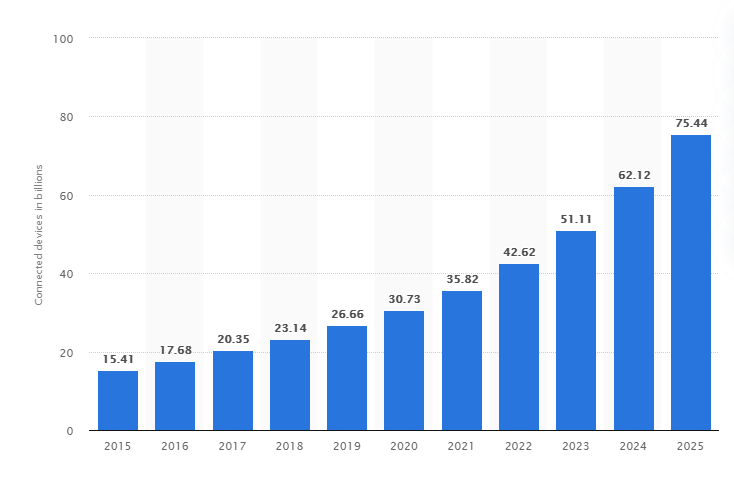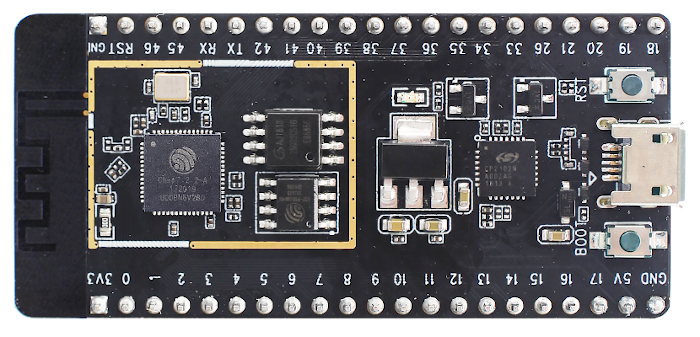ONiO, a Norwegian specialist in the field of the Internet of Things (IoT) for the medical industry, announced ONiO.zero, a RISC-V-based microcontroller with very low power consumption, which can work completely from the energy harvested from the environment. ONiO claims that its design can take energy from the radio spectrum and operate up to 24 MHz.
„ONiO.zero is a wireless MCU with very low power consumption, which uses energy acquisition technology,” wrote the company about its creation. This means that ONiO.zero only works on ambient energy. There are no coin cells, supercaps, lithium and batteries, but still offers a lot of performance.
Battery-based solutions have an unavoidable warning about battery replacement. This leads to increased costs over the entire lifetime. ONiO.zero avoids this problem and reduces operating costs. ONiO.zero is self-powered and supports a wide range of power sources, from multi-frequency RF bands supporting GSM and ISM to optional external sources such as solar, piezoelectric, thermal and voltaic.
Source: https://www.hackster.io/news/onio-zero-offers-up-to-24mhz-of-risc-v-microcontroller-performance-on-nothing-but-harvested-energy-70285321d50d
The microcontroller itself is based on the architecture of the RISC-V instruction set of the open source type (in particular RV32EMC) and operates up to 24 MHz with a supply voltage of 1.8 V. The controller will work if necessary with lower voltages. You can get 6 MHz at 1 V and 1 MHz at 0.8 V, and the system still runs slower, but as fast as 450 mV. Includes 1 KB ROM and 2 KB RAM, as well as 8-32 KB of ultra low power flash memory, capable of 100,000 read and write cycles up to 850 mV.

ONiO.zero contains a crystalline Low Energy Bluetooth transmitter (BLE) that can operate at a voltage as low as 850mV, an IEEE 802.15.4 (UWB) broadband transmitter operating in the 3.5-10 GHz band, and optional radio transmitter 433 MHz MICS for the industrial, scientific and medical band (ISM).
ONiO.zero hasn’t been released yet. For more information check the ONiO.zero product page.
Battery-ready IoT devices based on ESP32
Battery / SuperCap power support allows the processes and data to be securely executed, saved or transferred, and the operating system to be safely shutdown or reboot, if the power source has been restored. The power failure alert can also be sent to cloud service, to perform custom task, specified by user or self-learning AI algorithm.
The Moduino device is a comprehensive end-point controller for variety of sensors located throughout any installation. It fully supports temperature and humidity sensors and new ones are currently developed, e.g. accelerometer, gyroscope, magnetometer, etc.

Moduino–ModBerry symbiosis allows wide range of wake-up/sleep schedule customization, in order to perform best and save energy accordingly to power supply state. Arduino and MicroPython environments provide libraries to control different scenarios of data and power management.
With built-in algorithms and the possibility to program on your own, the TECHBASE’s sleep/wake addon module can wake the device using schedule/timer. Another option is wake on external trigger, e.g. change of input, etc. All the options for sleep, shutdown and wake can be configured for various scenarios to ensure constant operation of devices, safety of data and continuity of work in case of power failure in any installation.














 Introduced with Moduino series, TECHBASE developed further the project of modular aluminum case for their devices. The latest version of housing allows ModBerry to expand in any dimension, supporting additional extension cards (e.g. I/Os, modems, opto-isolation, accelerometer, etc.) and DIN rail mount, that can be retracted into device itself. TECHBASE constantly improves the project to support different platforms (e.g. Raspberry Pi Compute Module 3, NanoPi, ESP32, UpBoard and probably more in the nearest future) and brings them to Industrial IoT world.
Introduced with Moduino series, TECHBASE developed further the project of modular aluminum case for their devices. The latest version of housing allows ModBerry to expand in any dimension, supporting additional extension cards (e.g. I/Os, modems, opto-isolation, accelerometer, etc.) and DIN rail mount, that can be retracted into device itself. TECHBASE constantly improves the project to support different platforms (e.g. Raspberry Pi Compute Module 3, NanoPi, ESP32, UpBoard and probably more in the nearest future) and brings them to Industrial IoT world.